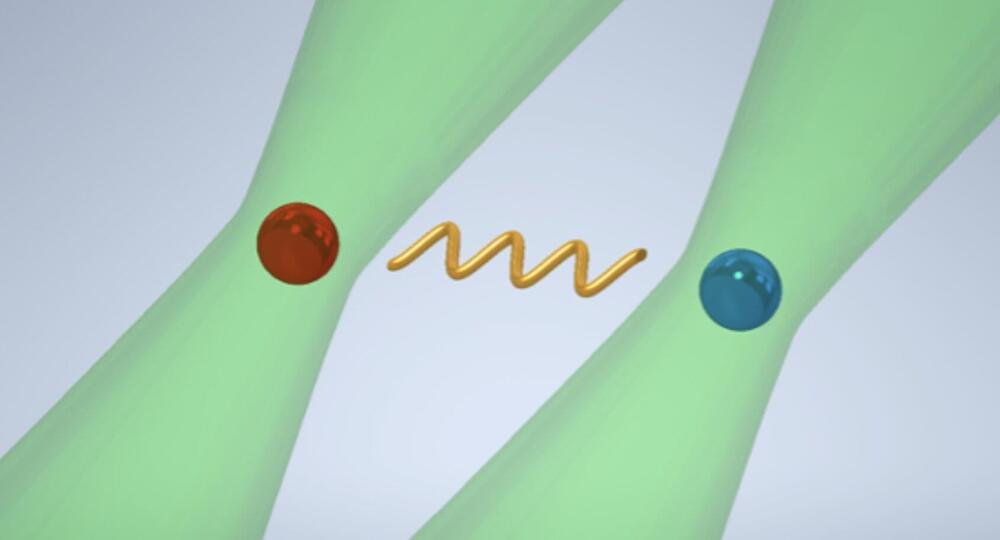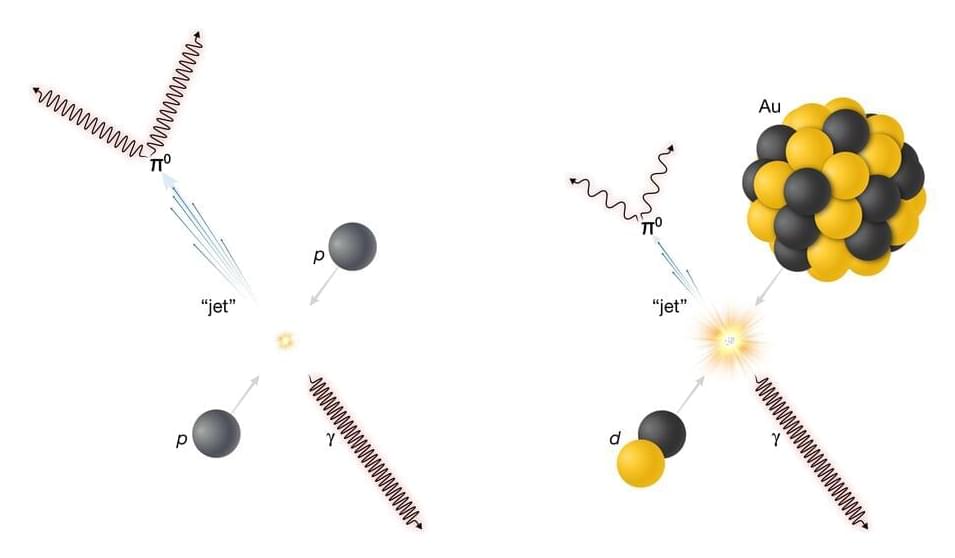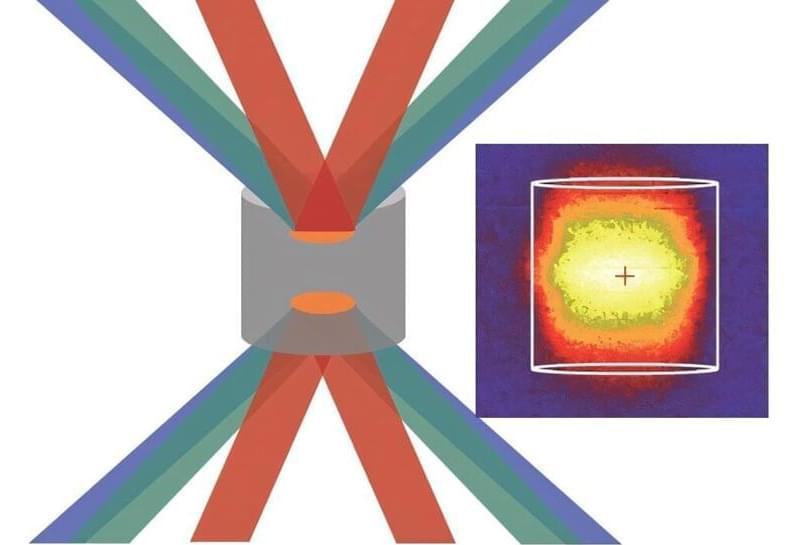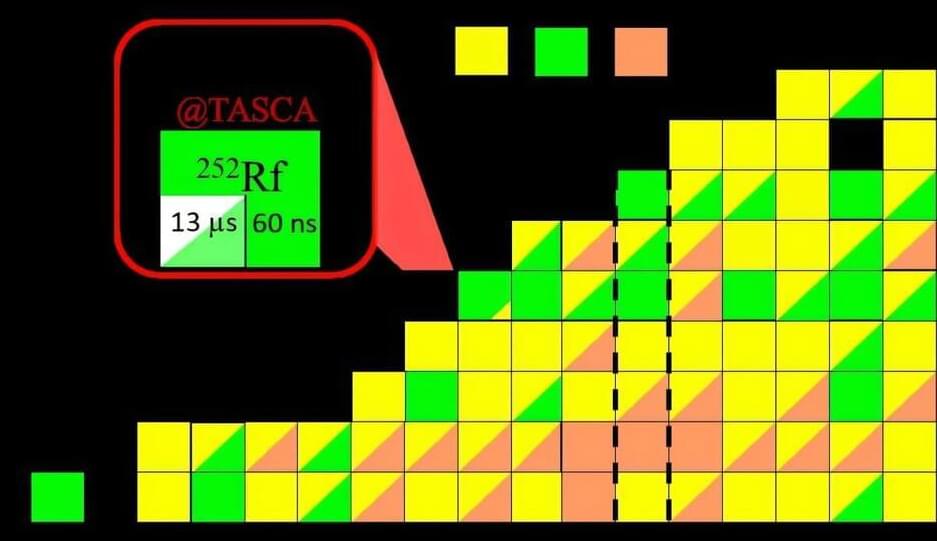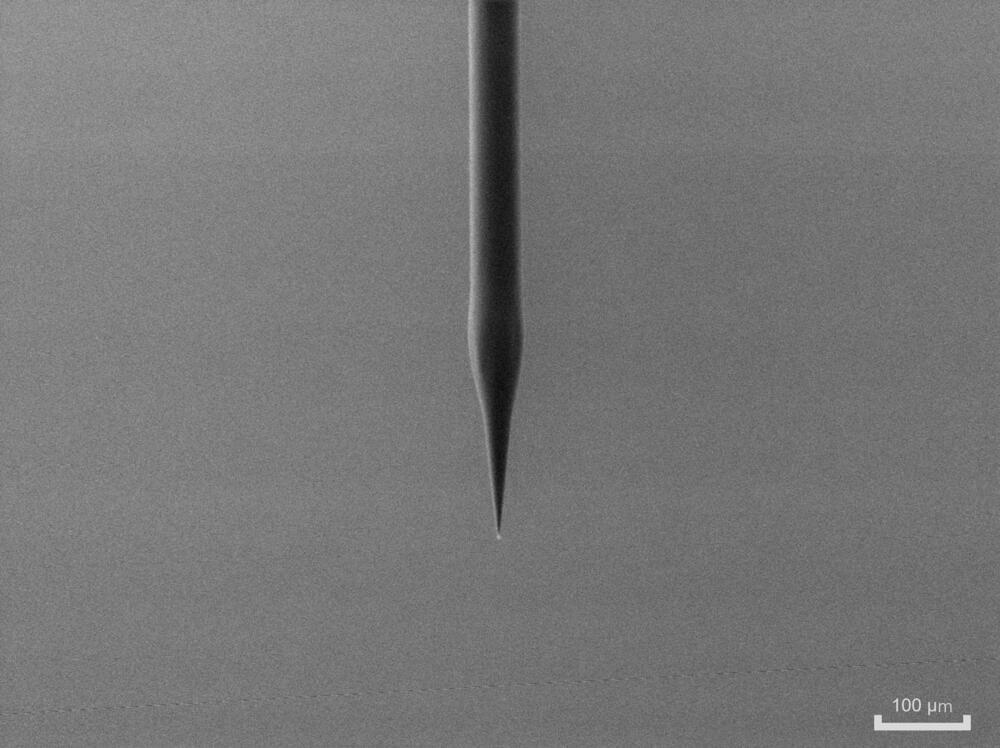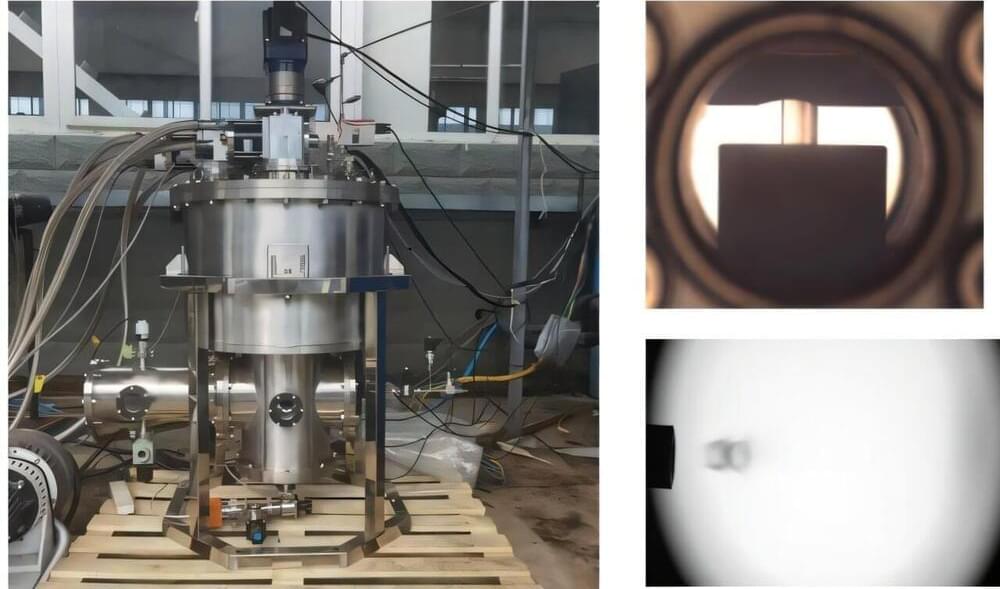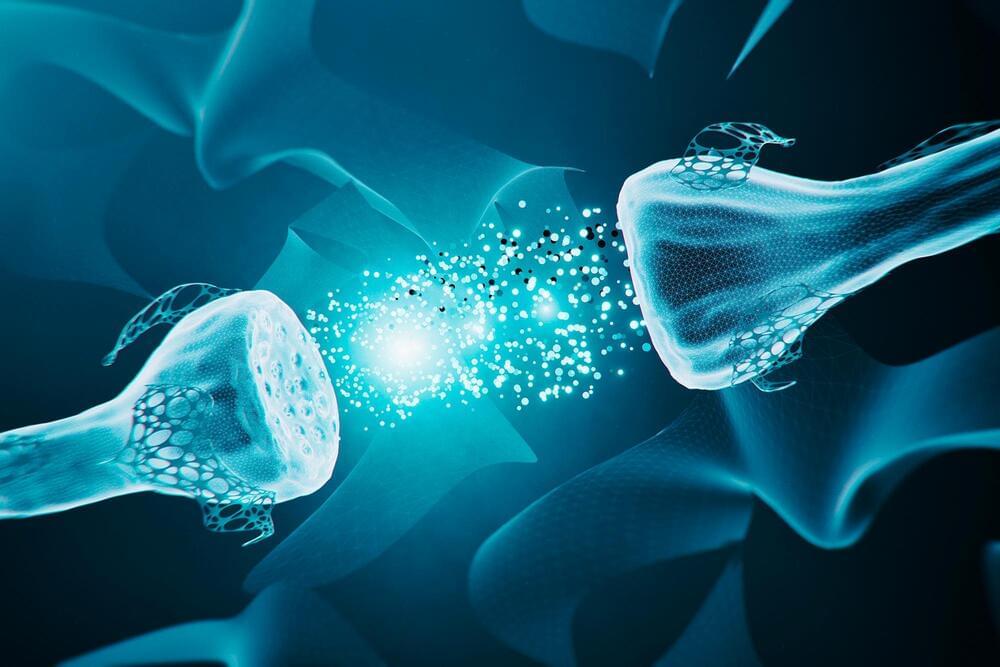To develop scalable and reliable quantum computers, engineers and physicists will need to devise effective strategies to mitigate errors in their quantum systems without adding complex additional components. A promising strategy to reduce errors entails the use of so-called dual-type qubits.
These are qubits that can encode quantum information in a system across two different types of quantum states. These qubits could increase the flexibility of quantum computing architectures, while also reducing undesirable crosstalk between qubits and enhancing a system’s operational fidelity.
Researchers at Tsinghua University and other research institutes in China recently realized an entangling gate between dual-type qubits in an experimental setting.
